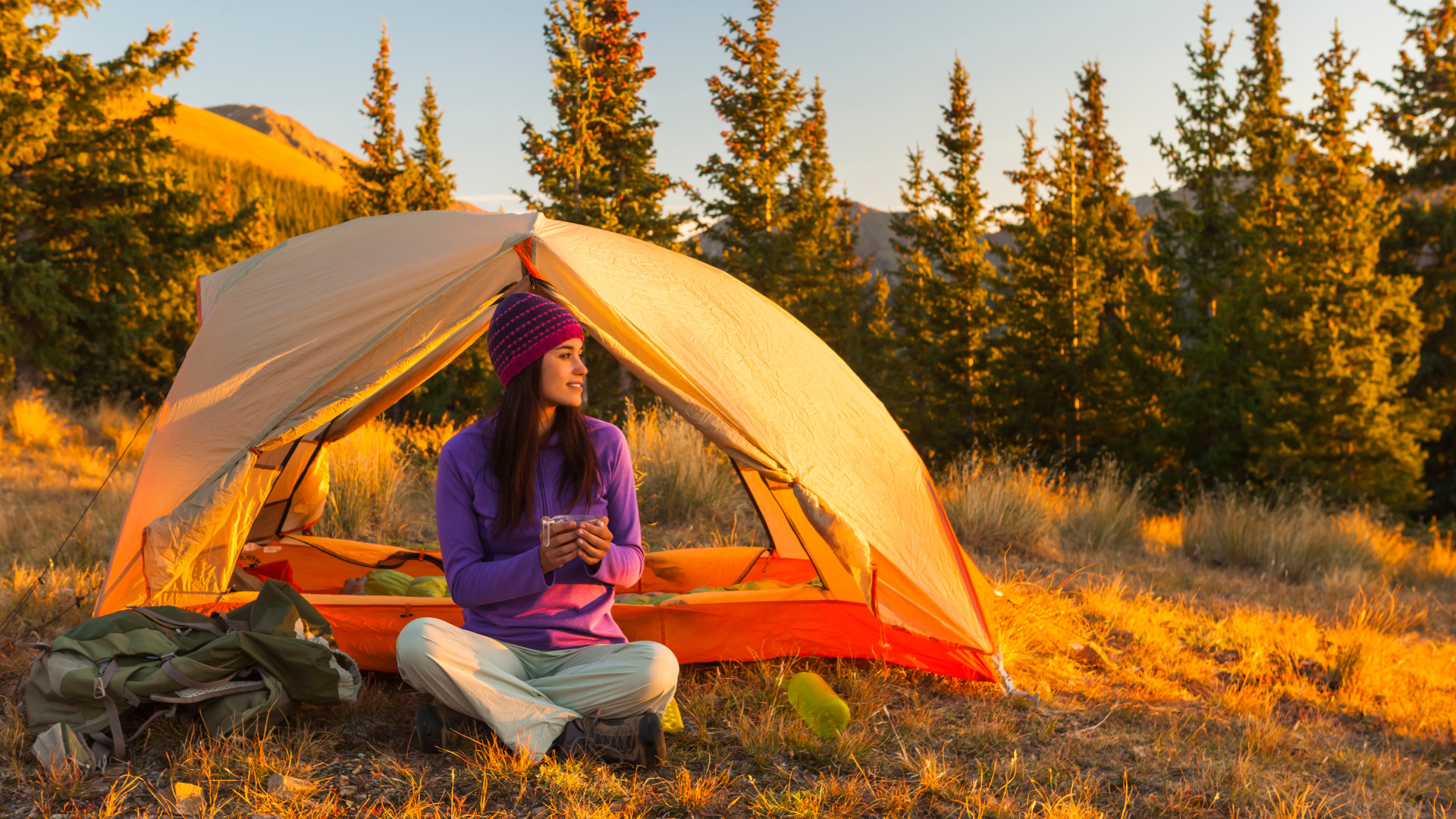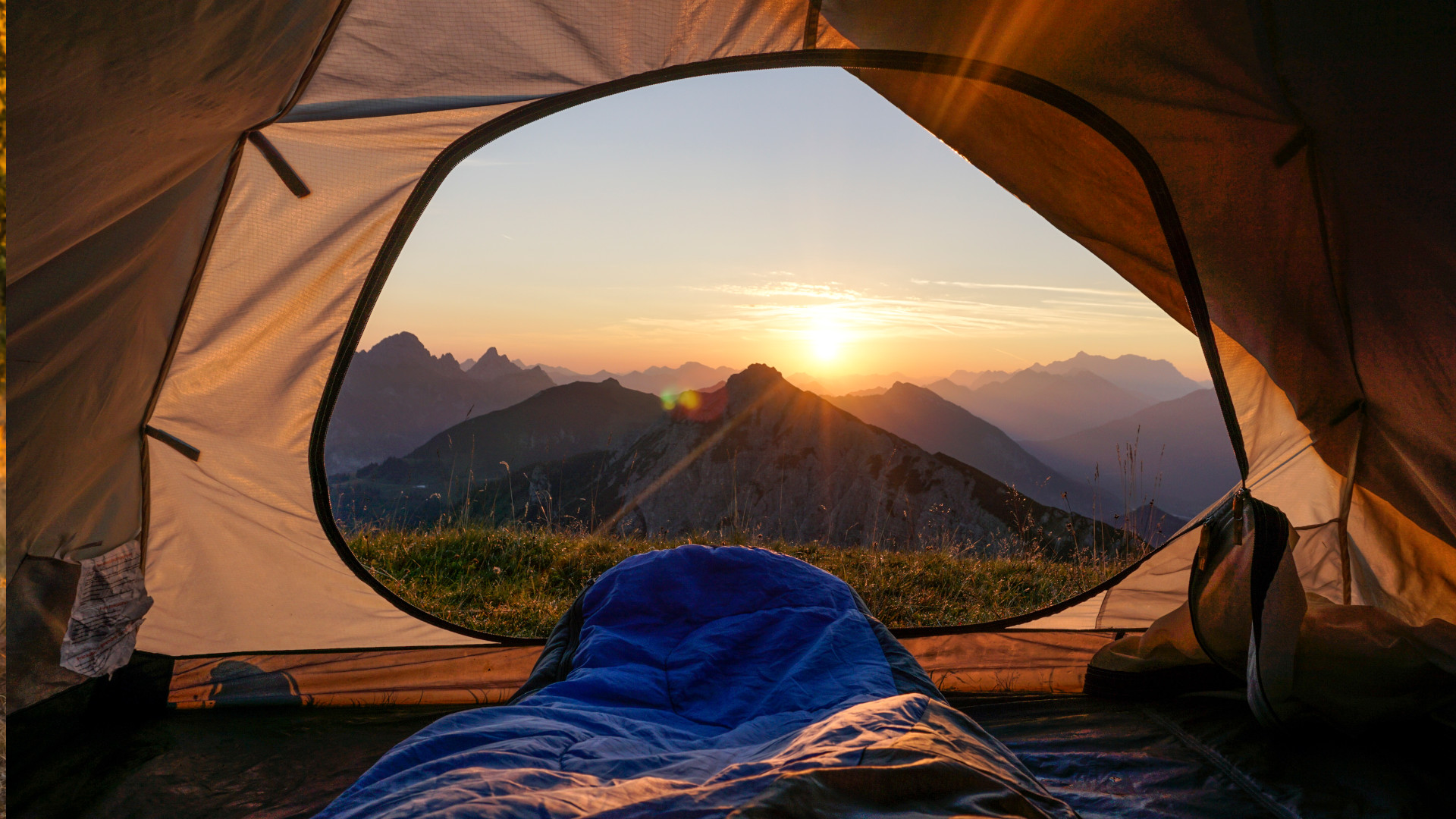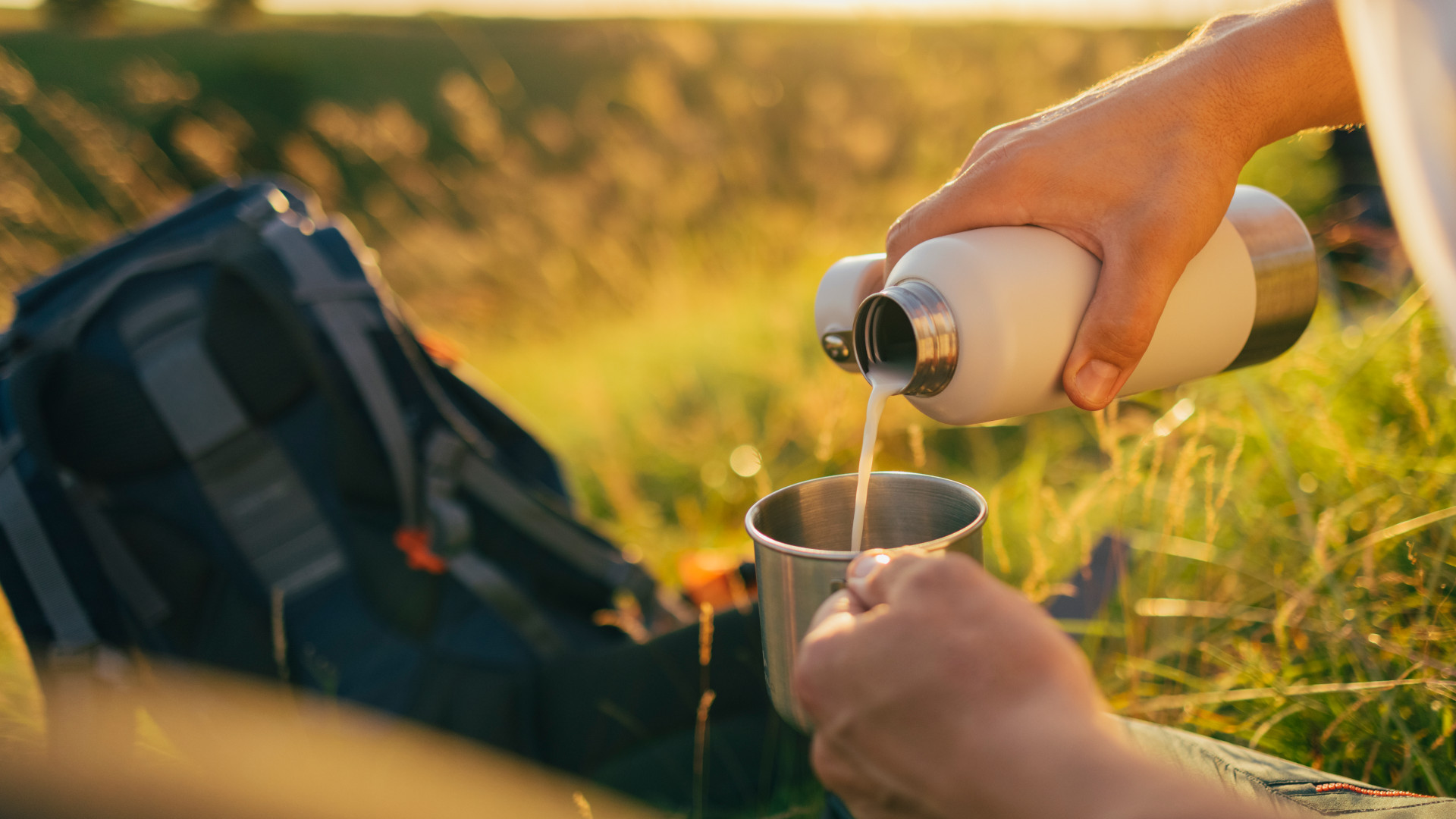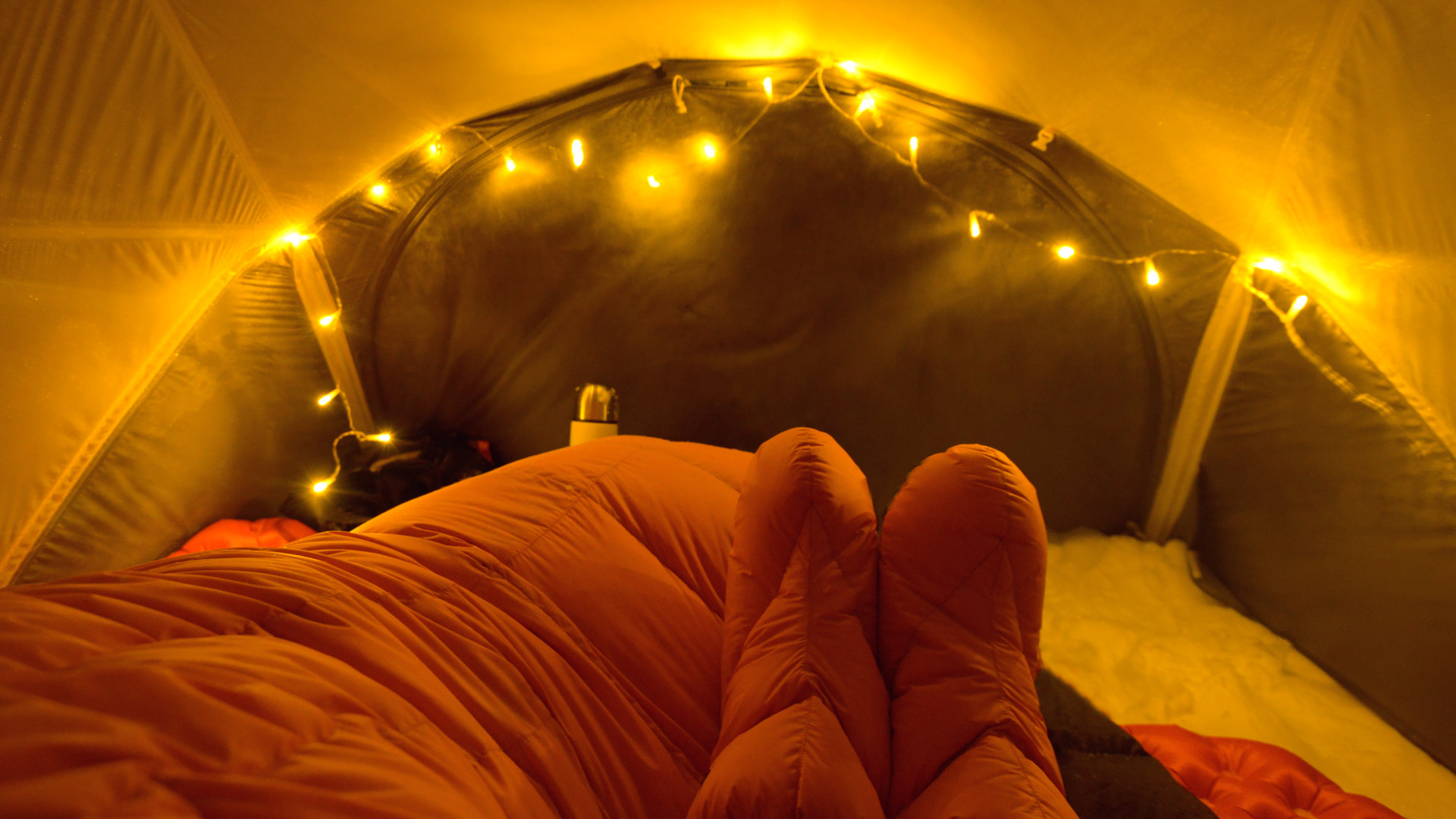
People may think camping stops once summer is over, but it doesn’t. Camping during fall is magical with much to endure, from burning orange sunsets to new spots of wildlife, fewer crowds (and bugs), it’s arguably one of the best times to pitch up your tent.
But with the excitement that the new season brings also comes some new challenges, such as cooler temperatures, shorter days, and unpredictable weather. With that in mind, your camping checklist will differ slightly from your summer one. You’ll want to check the rate of your sleeping bag, take extra walking shoes and a waterproof jacket, for sure. But what else?
Below, outdoor expert at Trekitt, Lorna Preston, has suggested a few not-so-obvious items to consider taking along, so that you stay warm, safe and have an enjoyable autumn adventure.
Sleeping Bag Liner

“A lot of us think about the sleeping bag we use and will be aware of checking the comfort rating to make sure it’s adequate, but an extra sleeping bag liner is the cold camper’s secret weapon,” says Lorna. Not only do they pack down super small in your backpack, but she says it will give your sleeping bag’s thermal rating a massive boost, so you can actually get a good night's sleep.
Balaclava
A beanie, base layers and a thick pair of hiking socks are obvious extras for bedtime, but Lorna suggests adding a balaclava into the mix too. “Just like a hat, it’ll help prevent you from losing body heat and keep you warmer. But, unlike a hat or beanie, you don’t have the risk of it coming off as you sleep. Its lighter fabric can be comfier to sleep in and it also helps keep your face and neck warm too.”
Single-walled water bottle

You’ll probably be packing your favourite hiking water bottle anyway to stay hydrated during day trips. But, come nighttime, it’ll make the perfect hot water bottle for your sleeping bag. “Simply boil some water and let it cool slightly before pouring it into your bottle, then tuck the bottle into the bottom of your sleeping bag. The added bonus is you have fresh water ready to go for your morning coffee too!”
Power bank
Even if you’re only going on a short trip and your devices are fully charged, it's still worth packing a power bank, as the weather can take a toll on battery life. “Cold temperatures can play havoc with rechargeable lithium-ion batteries (the type used in smart phones, GPS etc.) and cause them to drain much more quickly than usual. If you’re planning a fall or winter camping trip, a power bank is absolutely essential so you can stay connected as possible.”
Slippers

"From a practical perspective, your extremities are generally the first parts of your body to feel the cold, so ensuring they are adequately wrapped up is key to your overall sleeping comfort,” says Lorna. "Also, freeing your feet from heavy winter boots and sliding them into a cosy insulated down slipper is a hard-to-beat moment."
Sun cream
This may raise an eyebrow, but just because the sun may not be blaring down on you Lorna says this still doesn't mean you're not still at risk of UV exposure. "UV is still a risk, especially when you’re in the hills during the colder months," she says. "UV is stronger at altitude and if you were to add snow into the mix, the risk of sunburn or skin damage becomes even greater."
Waterproof matches
Cosying up with a hot drink or tucking into your rustic camp meal is bliss during the autumn months, but if you can't light your stove because the heavens decided to open, then you're stumped. That's why a box of waterproof matches is always handy. Even if you're certain that your matches won't get wet, accidents can occur when camping, so it's better to be safe than sorry.







